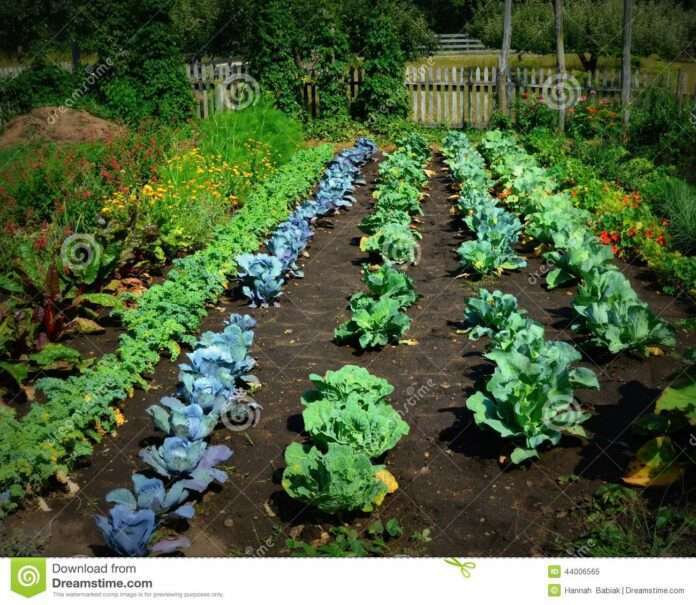K-State horticulture expert says mid-August is good time to plant fall harvest
MANHATTAN, Kan. – Salad anyone?
The time is right to plant such garden favorites as lettuce, radishes, spinach, turnips, mustard and other greens, says Kansas State University horticulture expert Ward Upham.
Those crops are ideal for planting from mid-August to early September for a fall harvest. “Plant slightly deeper than you did in spring,” Upham said. “This will keep the seed slightly cooler, though still warm, and the soil should retain moisture longer.”
Upham noted that gardeners should water these crops frequently in the fall, at least until seeds begin to emerge: “That should be pretty quickly with the warmer soils we get in Kansas,” he said.
“Watering heavy soils can sometimes cause a crust to form. This can be prevented by applying a light sprinkling of peat moss, vermiculite or compost directly over the row.”
Upham said you can reduce watering once the plants emerge, though they may need to protected from hungry rabbits and insects.
Late season blooms?
Many landscapes start losing their color this time of year, Upham said. “You can add interest to your home by planting shrubs this fall or next spring that flower late in the growing season,” he said.
Some plants that do well in Kansas include:
• Rose of Sharon – a tall shrub that produces single or double flowers. Its colors range from white to red, purple or violet, depending the variety.
• Crapemyrtle – these are dwarf to tall shrubs or tress. Its colors include white, pink, purple or deep red.
• Bluebeard, also known as blue-spirea, blue-mist shrub or caryopteris. Its flowers are usually blue, but some cultivars may be bluish-violet or violet.
• Sweet Autumn clematis – this is a vigorous vine with large masses of small, white flowers that have a wonderful fragrance.
• Davidiana clematis – this is a bush-type clematis with small violet-blue flowers. Female plants bear interesting fluffy seed heads into the winter.
• PeeGee hydrangea – this is a coarse plant that develops large clusters of white flowers.
Upham and his colleagues in K-State’s Department of Horticulture and Natural Resources produce a weekly Horticulture Newsletter with tips for maintaining home landscapes. The newsletter is available to view online or can be delivered by email each week.
Interested persons can also send their garden- and yard-related questions to Upham at wupham@ksu.edu, or contact your local K-State Research and Extension office.
-30-
FOR PRINT PUBLICATIONS: Links used in this story
K-State Horticulture Newsletter, https://hnr.k-state.edu/extension/info-center/newsletters/index.html
K-State Research and Extension local offices, www.ksre.k-state.edu/about/stateandareamaps.html
K State Research and Extension is a short name for the Kansas State University Agricultural Experiment Station and Cooperative Extension Service, a program designed to generate and distribute useful knowledge for the well being of Kansans. Supported by county, state, federal and private funds, the program has county extension offices, experiment fields, area extension offices and regional research centers statewide. Its headquarters is on the K State campus in Manhattan. For more information, visit www.ksre.ksu.edu. K-State Research and Extension is an equal opportunity provider and employer.
Story by:
Pat Melgares
785-532-1160
melgares@ksu.edu
For more information:
Ward Upham
785-532-6173
wupham@ksu.edu





